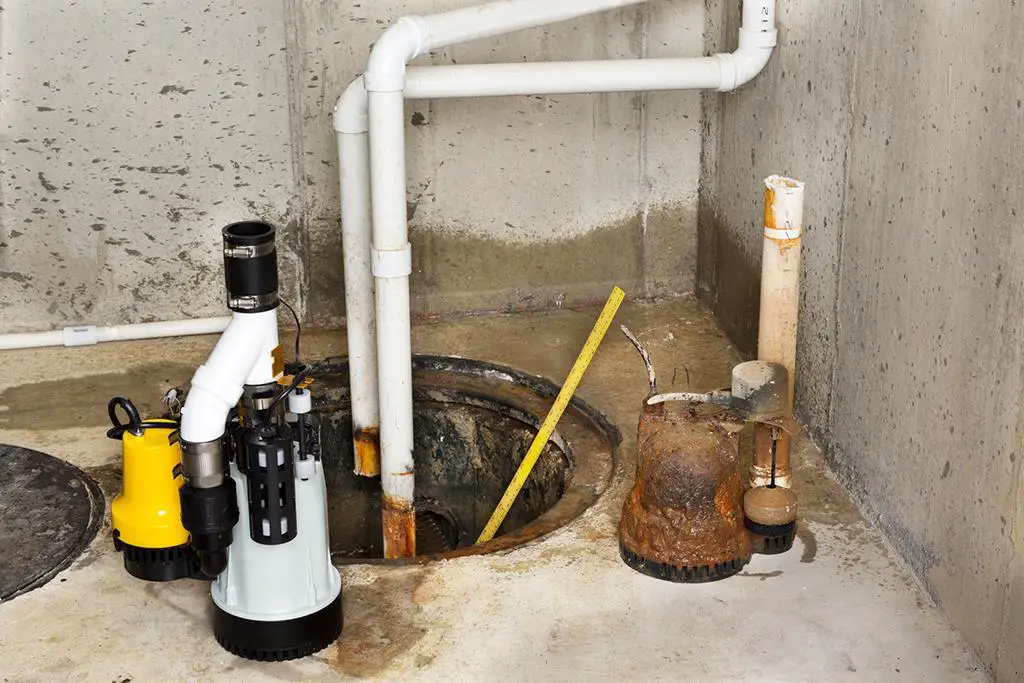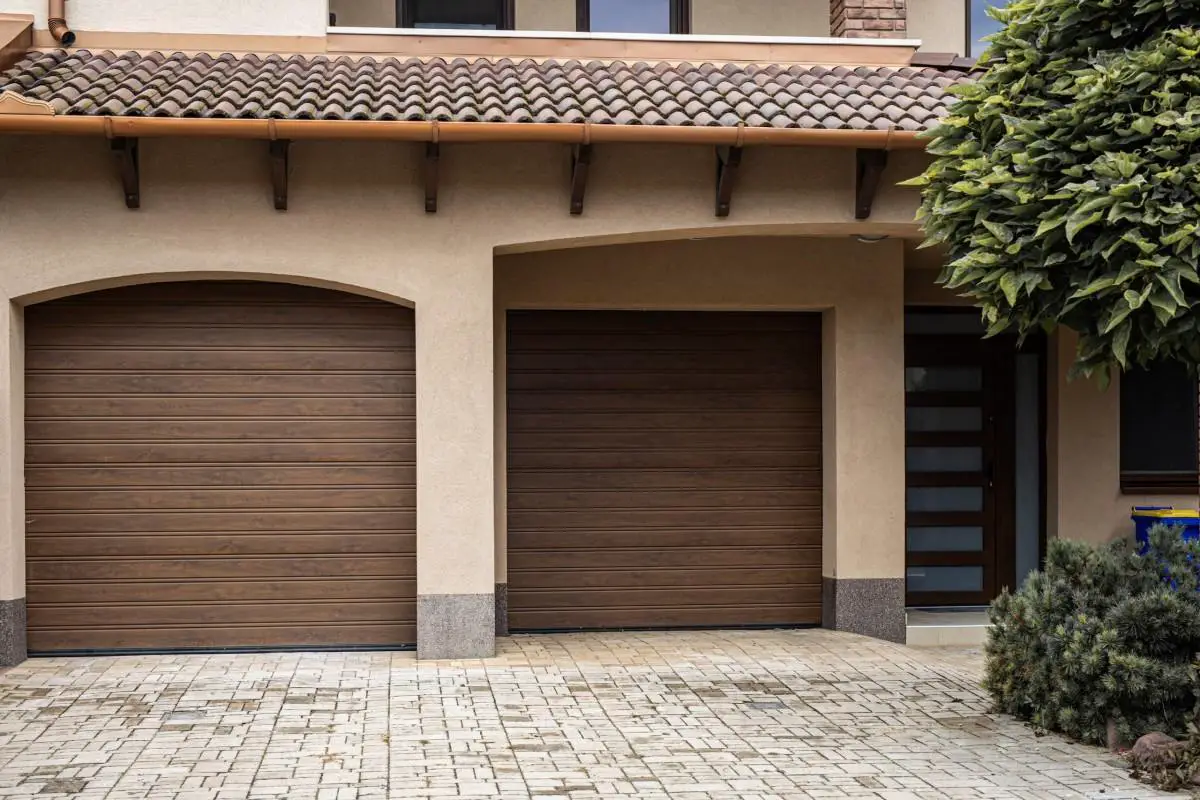Overall, sump pumps are mechanical units prone to breakdowns, which is unfortunate because they are your first defense against flooding in the basement. However, they hold a significant card in effectively draining water from your house. So, if your current sump pump is having trouble starting, consider the following step-by-step sump pump troubleshooting process that you can try out at home. For people who have never had a sump pump inspection before, consider a professional to help you with the task.
Many areas like Nebraska are more likely to receive heavy rainfall. As a community, we appreciate the advantage of rainfall though our basements are not happy when it comes to heavy rainfall. If you don’t do proper maintenance, sump pump failure will be common. Moreover, the possible causes of sump pump problems are many. If you follow this sump pump troubleshooting process, it’s not difficult to find the cause of the unit’s problem. We will also show you the issues that cause sump pump failure.
However, note that you can’t solve all problems DIY, rather, depends on the cause of failure. When you have doubts, you can always reach out to the manufacturer of a plumbing expert. Paying attention to these factors that make a sump pump fail or avoid them, in general, will give your pump a longer lifespan. As pumps quickly remove excess water to prevent flooding after heavy rainfall, groundwater, and the rapid melting of the snow. And, it will work more effectively hence protecting your basement from costly damages that occur from flooding.
Signs that Your Sump Pump Has a Problem
1. The pump does not power on when the sump pit is full
2. The sump pit refills rather quickly
3. You can hear loud and strange noises as the unit is operating
4. The sump pit is working nonstop even while the sump pit is empty
5. The sump pumps functionality and performance is low, and it drains water very slowly
Causes of Sump Pumps Failure
1. When the float switch is faulty, the sump pump fails
2. When the main sump pump work gets overwhelming then it fails to continue with its operations
3. In cases where there is no power available or a local power outage, the pump stops working.
4. When the discharge pipe freezes or clogs, the sump pump fails to work properly
5. When the sump pump is clogged, it fails to work well
6. When the sump pump is old, it fails to function and work effectively
7. A sump pump fails to operate as usual once you a professional installs it improperly
8. If your drainage system is dysfunctional, it causes the sump pump to fail
9. If you don’t maintain it properly, then the buildup and debris causes it to fail
10. If the sump pump is defective, it normally won’t work
Sump Pump Troubleshooting Process
1. Check whether the sump pump is clogged
Never place a submersible pump in a way that it’s sitting directly on the bottom of the sump pit to prevent the pump from clogging. However, place it on the top of the sump pump pedestal as it elevated it above the place where the debris builds up. Note that uncovered pits are a threat to your kids and pets. Ensure that you tightly seal the sump pump with a lid container to avoid debris from falling into the pit to protect your kids and pets.
2. Check whether the floating switch is jammed.
A floating switch automatically controls all the sump pump working cycles. The floating switch turns on the sump pump when the water rises to a certain level in a sump pit. However, the device can sometimes get stuck or jammed. Especially for cheap plastic models, the floating switch easily gets tangled in the system. In several cases, due to the vibration of the operating pump, the float gets displaced, causing it to lean against the wall, thereby malfunctioning. If any of these things end up happening, the pump either starts running nonstop or completely stops working. So feel free to seek help.
3. Check the discharge line
Often, a discharge line gets clogged with debris at the exit place. During winter, water can freeze in the discharge line, causing it to return into the pit. That’s why we recommend that you install grates at the end of the discharge line to keep away small animals and debris from getting into the line. You should install a special grated discharge line attachment to keep the water flowing even when the discharge pipe freezes.
4. Inspect the check valve
You will locate a check valve at the point where the discharge pipe exits the basement. Its importance is to prevent discharged water from flowing back into the basement once it passes through the valve. The pump runs nonstop when the check valve breaks which makes the water return thereby using a lot of electricity before finally burning out. That’s why you should inspect the check valve to prevent the backflow of water. Then, regularly replace the check valve to retain backflow protection.
5. Ensure that the sump pump has power
The storms that bring heavy rainfall and cause basement flooding can cause a local power outage. When there is no power, electric power sumps become useless. Moreover, additional flips of the circuit breaker occur while the pump may be unplugged and forgotten. Whichever case means that your sump pump may not be working when it’s most needed to be useful.
With high-tech, a sump pump features an alarm to alert you when the sump pump is not working. However, you ask yourself, what would happen when heavy rainfall is away from home? That’s where the best battery backup sump pump comes in. As soon as the primary sump pump stops working, they kick in to continue water drainage.
6. Ensure that the sump pit is big enough
A small sump pit causes the pump to run more often because it’s too small to collect a certain amount of water, making the pump burn out. So ensure that you have a sump pit that’s big enough to deal with a certain amount of water year long.
7. Ensure that the sump pump has enough capacity and durability to operate
Even sump pumps have their level of quality. However, you should note that choosing the best sump pump with cast-iron housing encases its powerful motor when it comes to the best sump pump. The cheaper models have plastic housings that encase their motor and easily overheat. In addition, they also break often, and their capacity is not enough to deal with the amount of water.
If you live in a place with Underground springs or near a lake, you know how more water enters the basement because of these factors. You can approach this by installing more pumps in different basement corners.
8. Ensure that the foundation drains are in proper working conditions
Not always do you have to rely on sump pumps alone to protect your basement; you need a reliable foundation drainage system that will collect groundwater and redirect it to the sump pit. A typical modern-day house is built with a perforated pipe buried by the foundation footing, commonly known as a French drain, to drain groundwater properly.
One of the problems that you will encounter when using a French drain is that it can collapse or clog since its deep underground. When it comes to replacing or servicing them, you need to dig out the foundation. The process can be very messy, disruptive, and costly, especially if you have decks or porches attached to your house.
In some cases, the French drains are not properly installed. For example, not having the correct pitch to get water to the sump pit contributes to improper installation, or the drains are not tied to the sump pump. As a result, you wouldn’t find an old house with foundation drainage. Moreover, if you still experience leaks in some parts of the basement but your sump pump is working well, it’s most likely that the drainage is failing.
The only way you can solve this is by installing an interior drainage system in the perimeter of your basement’s internal walls. They work like conventional French drains. However, you can serve them after some time since they are inside. You will find that service can fit a good interior drainage system. The ports allow the system to be clean from any debris or silt.
Safety and Precautions When Performing Sump Pump Troubleshooting Process
If your basement is flooded because your sump pump is not working properly, as a precaution, you should shut off the electricity in the basement; this is because a flooded basement with electricity still connected can cause an electric shock that leads to death. Again, ensure that you read instructions that your manufacturer has given before starting the troubleshooting process for your safety.




